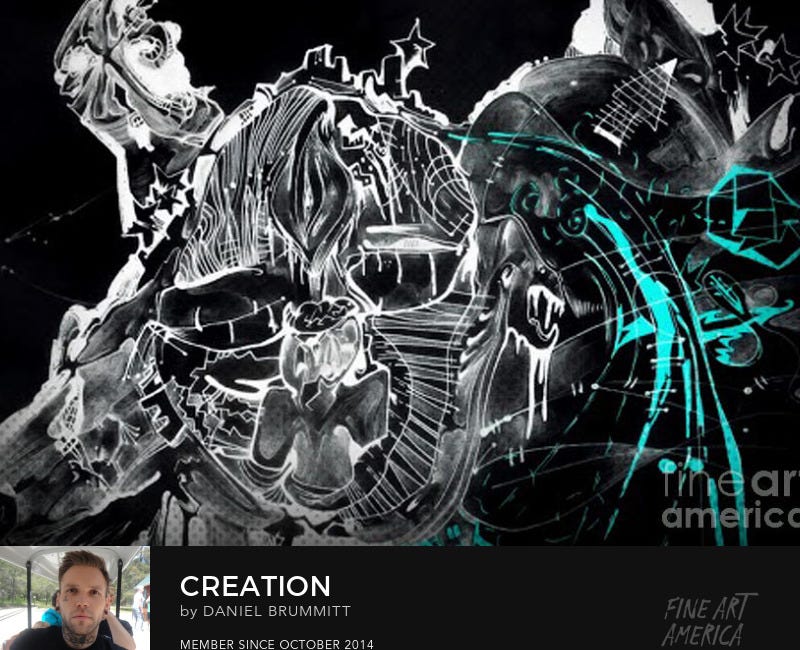AGI vs. RAG:
Understanding the Present and Future of AI
Demystifying the technologies shaping our AI-powered world
Introduction
In the rapidly evolving landscape of artificial intelligence, two terms have been generating significant buzz: AGI (Artificial General Intelligence) and RAG (Retrieval-Augmented Generation). While they might sound similar, they represent fundamentally different concepts in the AI world—one pointing to a speculative future, the other enhancing our present reality.
Let’s break down what these technologies are, how they work, and why they matter for the future of human-computer interaction.
What is AGI? The Holy Grail of AI
The Dream of Human-Like Intelligence
Artificial General Intelligence (AGI) represents the ultimate goal of AI research: creating machines that can understand, learn, and apply knowledge across any domain, much like a human being. Unlike today’s specialized AI systems, AGI would possess true general problem-solving capabilities.
Key Characteristics of AGI:
Autonomous Learning: Ability to learn new skills without human intervention
Cross-Domain Reasoning: Seamlessly switch between scientific research, artistic creation, and technical problem-solving
Common Sense Understanding: Navigate the world with human-like intuition
Self-Improvement: Continuously enhance its own capabilities
The Current Reality
Important Note: True AGI does not exist yet. Despite impressive advances in models like GPT-4, Gemini, and Claude, we’re still dealing with “narrow AI”—systems excelling at specific tasks but lacking genuine understanding or autonomy.
AGI in Popular Culture
From Her‘s Samantha to Ex Machina‘s Ava, AGI has long captured our imagination. These fictional representations highlight both the promise and perils of creating machines with human-like consciousness.
What is RAG? Supercharging Today’s AI
Bridging the Knowledge Gap
Retrieval-Augmented Generation (RAG) is a practical AI technique that combines the creative power of generative models with the accuracy of real-time information retrieval. It’s like giving AI a built-in research assistant that can look up current information before answering your questions.
How RAG Works: A Three-Step Process
RETRIEVAL
The system searches databases, documents, or the web for relevant information
Think of it as an AI-powered Google search
AUGMENTATION
Retrieved information gets added to the AI’s prompt as context
This provides the model with up-to-date, factual grounding
GENERATION
The AI produces a response using both its training and the retrieved data
Results are more accurate and current
Real-World RAG Examples
ChatGPT with Web Search: Fetching latest news to answer current events questions
Medical AI Assistants: Pulling from updated research papers and drug databases
Code Assistants: Accessing latest documentation and API references
Customer Service Bots: Retrieving specific product information and policies
Why RAG Matters Now
✅ Reduces AI “Hallucinations” – Fewer made-up facts
✅ Keeps Information Current – No more static knowledge cutoffs
✅ Domain Specialization – Excellent for technical, medical, or legal applications
✅ Transparent Sourcing – Often shows where information came from
AGI vs. RAG: A Clear Comparison
AspectAGIRAGScopeGeneral-purpose intelligenceInformation enhancement toolLearningAutonomous and self-improvingDepends on external data sourcesCurrent StatusTheoretical (not achieved)Widely deployed in production systemsDependenciesWould operate independentlyEnhances existing AI modelsExampleA robot scientist making discoveriesChatGPT fetching latest news
The Relationship: Complementary, Not Competitive
It’s crucial to understand that RAG and AGI aren’t competing technologies—they exist at different levels of the AI stack:
RAG is a tool for today’s AI: It helps narrow AI systems overcome their limitations
AGI represents a future paradigm: True AGI wouldn’t need RAG because it would inherently know how to acquire and process any needed information
Think of it this way:
RAG is like giving a brilliant researcher access to the world’s best library
AGI would be the brilliant researcher who already knows everything and can synthesize new knowledge autonomously
Practical Implications for Developers and Users
For Developers
RAG is implementable today using frameworks like LangChain, LlamaIndex, and vector databases
AGI research focuses on fundamental architecture and learning algorithms
Most practical applications will continue leveraging RAG-enhanced systems for the foreseeable future
For End Users
Expect better, more accurate AI assistants thanks to RAG technology
Understand current limitations – even advanced AI lacks true understanding
Look for transparency in how systems retrieve and use information
The Road Ahead
Short-Term (1-3 years)
RAG evolution: More sophisticated retrieval methods, better integration
Specialized AI: Domain-specific systems with enhanced capabilities
No AGI breakthrough expected – incremental progress continues
Long-Term (5-10+ years)
AGI research advances: Better understanding of requirements and challenges
Hybrid systems: Combining RAG-like techniques with more advanced architectures
Ethical considerations: Both technologies raise important questions about control, safety, and impact
Conclusion: Embracing the Present, Preparing for the Future
While AGI captures our imagination with its promise of human-like machine intelligence, RAG represents the practical innovation happening right now. Understanding both helps us:
Appreciate current AI capabilities and their limitations
Make informed decisions about which technologies to implement
Separate science fiction from near-term reality
For now, RAG gives us a powerful way to enhance AI systems, making them more useful, accurate, and current. As we continue pushing toward the AGI horizon, these practical advances provide the foundation upon which future breakthroughs will build.
The journey to advanced AI isn’t a single breakthrough—it’s a continuous evolution, and understanding tools like RAG helps us navigate that path intelligently.
Want to experiment with RAG yourself? Check out open-source frameworks like LangChain or try AI assistants with web search capabilities. The future is here—and it’s retrievable!
Follow for more AI insights and tutorials. Have questions about implementing RAG or thoughts about the AGI timeline? Share in the comments below!
The Invisible Hand Behind AI:
We like to think of artificial intelligence as an objective, all-knowing oracle—a neutral synthesizer of human knowledge. But the truth is far messier: AI doesn’t just reflect reality—it distorts it, based on who controls the data it was trained on.
Drawing Near: A Father's Journey to God in a Distracted World
I have a great relationship with my son. Despite being financially disadvantaged most of my life, he and I truly live. We go to the gym, play basketball and tennis at the park, eat fresh food and snacks, visit bookstores, work on creative projects together, and I help him with his studies. I even built him a dojo in our basement. We go to church, too.
Help Get @jenova_ai_ Back on X
The account @jenova_ai_ has been suspended, please help to raise awareness and support for its reinstatement. Jenova AI is the world’s most advanced AI, powered by o1, GPT-4o, Claude 3.5, and Gemini 2.0, with top-tier search capabilities across web, YouTube, Reddit, and Google Maps.
Venefica’s Enchantment: A Love Spelled in Blood
By Daniel Brummitt in Disruptive Romance <3
38 pages, published 8/13/2025
In a world where pride has poisoned men’s hearts, Venefica, a sorceress with lips like sin and a touch like salvation, knows the truth: a man’s greatest strength lies in his surrender. She is no common temptress—she is a witch who worships the humility of broken men, healing them with her devotion before claiming their souls in sacred ecstasy.












Excellent analysis, this really nails the distinction between AGI and current tech. I often cycle through Cluj and dream of an AGI that could truly grasp the city's dynamic flow; do you think that level of organic intuiton is even possible?